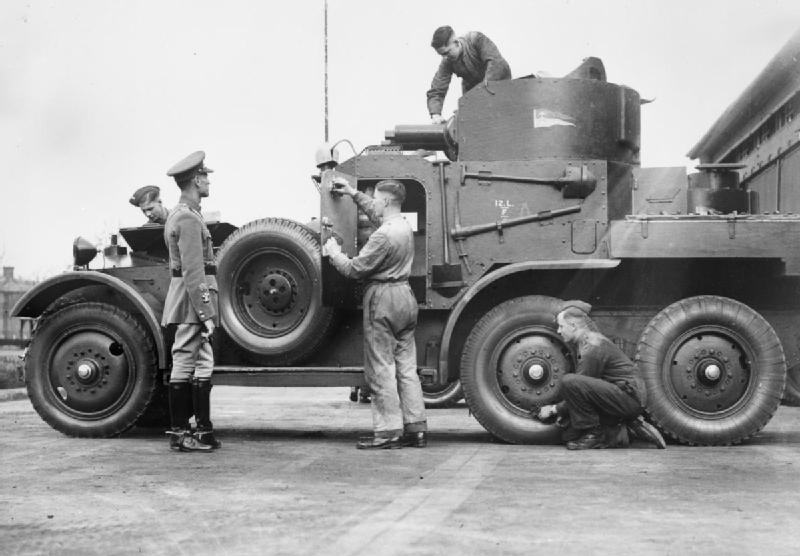
The Lanchester 6×4 armored car, a British military vehicle featuring a 6×4 drivetrain, was manufactured in small quantities during the late 1920s and early 1930s. As a robust and heavier evolution of the preceding Lanchester 4×2 armored car, it continued to serve with Territorial and colonial forces into the early 1940s, participating notably in the Battle of Malaya.
The Lanchester Motor Company Limited, a renowned British car manufacturer, was operational from 1899 to 1955. Despite still being a registered entity with annual account filings, the Lanchester brand has not been active in trading since its last recorded activity, and as of 2014, it is officially classified as “non-trading.”
Initially based at Armourer Mills, Montgomery Street, Sparkbrook, Birmingham, the company relocated in early 1931 to Sandy Lane, Coventry, England.
The end of 1930 saw Lanchester being acquired by the BSA Group, which subsequently integrated Lanchester’s manufacturing processes with Daimler at Daimler’s facilities in Coventry. This acquisition eventually led Lanchester to become a part of Jaguar Cars in 1960, aligning it with Daimler under the same corporate umbrella.
In 1990, the Ford Motor Company took ownership of Jaguar Cars, incorporating Lanchester into its portfolio, and maintained control until 2008. During this period, Land Rover joined Jaguar under Ford’s stewardship in 2000.
Ford later sold Jaguar and Land Rover to Tata Motors in 2008, which then established Jaguar Land Rover as a subsidiary to oversee both brands. By 2013, Jaguar Cars merged with Land Rover, culminating in the formation of Jaguar Land Rover Limited, under which the Lanchester car brand rights now reside, overseen by the globally operating British car manufacturer, Jaguar Land Rover.
The Lanchester Motor Company Limited, known for its production of a four-wheeled armored car used during World War I, faced competition primarily from a Rolls-Royce model in British Army service.

In the years between the wars, Lanchester shifted focus to a new six-wheeled design, prompted by the British Army’s request. The efficacy of armored cars in the First World War was undeniable, leading to continued interest and development in the post-war era as manufacturers worldwide endeavored to market their models to military forces.
These vehicles were essential for reconnaissance, light fire support, and maintaining order in colonial regions. The development during this interwar period culminated in the Lanchester 6×4 Armored Car, which was produced in four different marks, totaling 39 vehicles.
Recognizing the necessity for a modernized six-wheeled armored car with superior off-road capabilities and four-wheel drive compared to existing wartime models, the British Army allocated funds for Lanchester to engineer a novel design in 1927. This initiative resulted in the creation of two prototype vehicles, the D1E1 and D1E2 (the latter equipped with dual driver positions for rapid retreats) in the subsequent year.
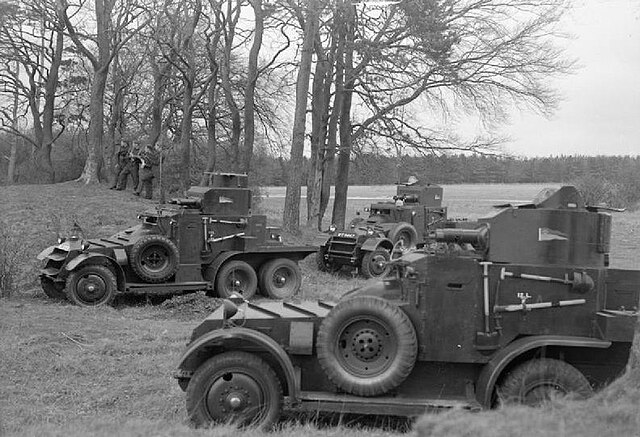
Testing highlighted the prototypes’ structural weaknesses and subpar off-road capabilities, leading to the development of the Mk 1 production version. In July 1928, the army commissioned eighteen Mk 1 units, alongside four Mk 1A variants designed as Command Vehicles (CVs). These CVs were equipped with enhanced communications systems and omitted the hull-mounted .303 machine gun, featuring a turret armed with a pair of machine guns instead.
Development
The interwar period was a time of significant innovation in military tactics and technology, influenced heavily by the experiences of World War I. Armored cars, which had proven their worth during the Great War, were seen as essential tools for reconnaissance, patrol, and even combat roles, leading to increased interest and development in this field.
The Lanchester Motor Company, leveraging its experience in automobile manufacturing, ventured into the development of an armored car that would meet the British military’s evolving needs. The design of the Lanchester 6×4 was driven by the demand for a vehicle that could offer both offensive capabilities and defensive protection.
The vehicle was to serve primarily in reconnaissance roles but needed to be capable of engaging enemy targets and withstanding counterattacks. This required a balance between agility, armament, and armor—factors that were meticulously considered in the Lanchester’s design.
Features
The vehicle’s 6×4 configuration, with six wheels and the rear four providing traction, was a distinctive feature aimed at enhancing its mobility over different terrains, an essential attribute for a reconnaissance vehicle. This chassis design improved the vehicle’s overall stability and weight distribution, crucial for accommodating the heavy armor plating and armaments.
The Lanchester was armored sufficiently to protect against small arms fire and shell splinters, typical threats encountered by reconnaissance units. The choice of armor thickness and material was a compromise between providing adequate protection and maintaining manageable weight levels to preserve the vehicle’s speed and maneuverability.
Central to its offensive capability was its main armament, typically a Vickers machine gun, mounted in a fully rotating turret. This enabled the crew to engage targets in all directions, an invaluable feature in the fast-moving, fluid scenarios for which the vehicle was designed. Additional machine guns were often mounted at the front and rear, maximizing the vehicle’s firepower and enabling it to respond to threats from multiple angles.
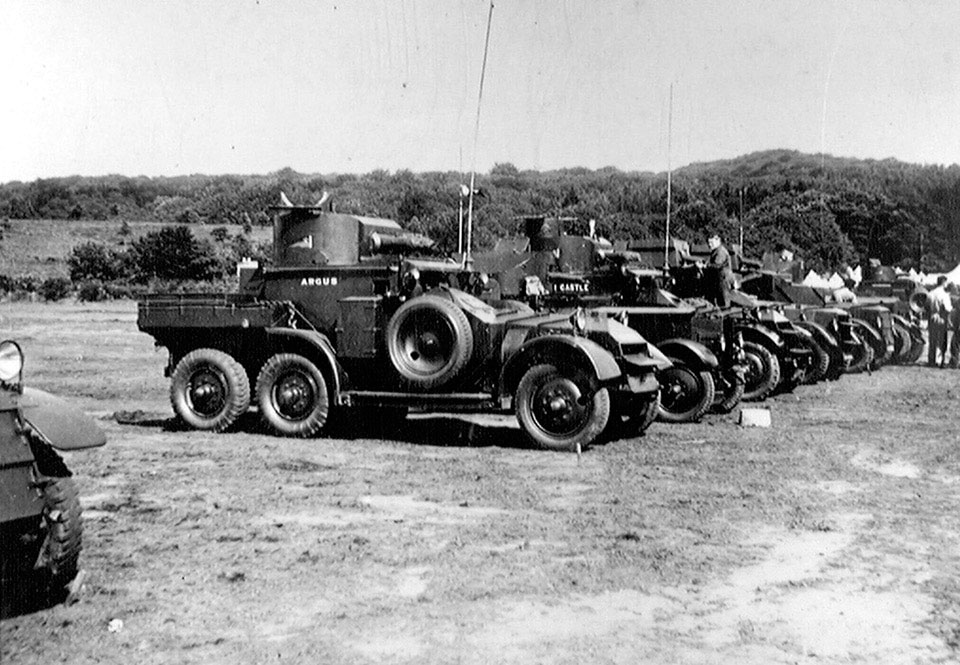
Powering the Lanchester 6×4 was an engine robust enough to handle the significant weight of the armored body and provide a respectable power-to-weight ratio. The placement of the engine, drivetrain components, and the design of the suspension system were all critical in ensuring that the vehicle could navigate challenging terrains while maintaining speed and reliability.
Operational Efficiency
The design incorporated features to enhance the crew’s operational efficiency, including ergonomically placed controls, visibility ports, and access hatches. The vehicle’s internal layout was planned to ensure quick and easy access to equipment, ammunition, and essential maintenance points, reducing downtime and enabling rapid response to combat requirements.
In sum, the Lanchester 6×4 Armoured Car’s development and design were symbolic of a period characterized by rapid technological advances in military vehicle engineering. Its creation was a response to the strategic shift towards mechanized warfare, where speed, firepower, and protection were paramount.

The Lanchester’s innovative features, especially its 6×4 configuration, armament capabilities, and armor design, demonstrated a significant evolution in armored car design and set a precedent for future developments in the field.
Lanchester 6×4 Lessons from WW1
The production and service of the Lanchester 6×4 Armoured Car represent a significant phase in its operational history, illustrating the challenges and successes encountered in bringing a military vehicle from the design stage to active duty.
Read More: Böhmerland Motorcycles Were Used in WW2
The Lanchester 6×4 Armoured Car went into production in the late 1920s. It became a period of fast technological advancements influenced by the lessons learned during WW1, the need for mechanised warfare.
The production was undertaken by the Lanchester Motor Company, a firm already renowned for its engineering excellence and high-quality automobile manufacturing. This transition from civilian to military production was seamless due to Lanchester’s robust manufacturing capabilities and technological expertise.

Despite the innovative design and potential of the Lanchester 6×4, the number of units produced was relatively limited. The exact production figures are somewhat elusive, but it is understood that the total count did not exceed a few hundred units.
This limited production can be attributed to several factors, including the rapid pace of technological obsolescence during this era, the specific strategic requirements of the British military, and the emergence of more advanced armored car designs.
Lanchester 6×4 in Military Service
Upon completion, the Lanchester 6×4 Armoured Cars were primarily deployed with the British Army, where they were intended for use in reconnaissance roles, capitalizing on their mobility and firepower. The vehicles were stationed in various British colonies and territories, where they patrolled borders, secured strategic sites, and engaged in occasional skirmishes, providing valuable intelligence and maintaining British presence.
The Lanchester 6x4s were designed to operate in diverse and challenging environments, from the deserts of the Middle East to the jungles of Southeast Asia. Their deployment in such varied terrains tested the vehicles’ design limits, providing critical data that influenced future military vehicle development.
In January 1929, the 11th Hussars regiment began receiving its first Lanchesters, along with Rolls-Royce armored cars previously used by the Navy and Air Force, marking its transition from horse-mounted cavalry to mechanization. However, due to a slow delivery rate, the unit wasn’t fully outfitted until 1934. In November, the regiment moved to Egypt, substituting the 12th Royal Lancers who then returned to Britain and inherited the vehicles.
During January and February 1935, a temporary D squadron of the 12th Lancers, equipped with eight armored cars, operated as a peacekeeping force in the Saar region. On December 31, B and C squadrons were dispatched again to Egypt with 29 armored cars, reacting to the Italian invasion of Abyssinia and reinforcing the garrisons in Libya for patrol duties along the western frontier. By the end of 1936, these squadrons had returned to Britain, where the regiment transitioned to using Morris Light Reconnaissance Cars.
Singapore Volunteer Corps
By 1939, the bulk of the Lanchesters, including 13 Mk I, 1 Mk IA, 5 Mk II, and 3 Mk IIA models, were deployed to the Far East. They were assigned to various units including the Selangor and Perak battalions of the Federated Malay States Volunteer Force, the Singapore Volunteer Corps, Straits Settlements Volunteer Force, and the 2nd battalion of the Argyll & Sutherland Highlanders in Malay. Some of these units participated in the Malayan Campaign from December 1941 to February 15, 1942, against the Japanese forces.
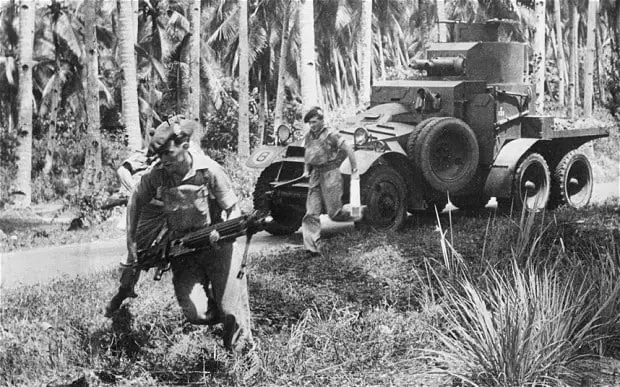
The Territorial Army received 10 Lanchesters, specifically the 23rd London Armoured Car Company and the 1st Derbyshire Yeomanry. In 1940, one vehicle was modified to serve as protected transportation for Cabinet ministers and VIPs. In 1941, two Lanchesters were allocated to the 1st Belgian armoured car squadron.
Lanchester 6×4 End of Service
By the outbreak of World War II, the Lanchester 6×4 had largely been surpassed by more modern and capable armored car designs. As mentioned above, some units remained in service, primarily in secondary roles or with reserve units. The onset of the war accelerated the retirement of the remaining Lanchester 6x4s, as military forces worldwide rapidly upgraded their armored vehicle fleets in response to the demands of global conflict.
The Lanchester 6×4 Armoured Cars were eventually phased out, replaced by newer models that incorporated lessons learned from the operational deployment of these early armored vehicles. Despite their retirement, the Lanchester 6x4s left a lasting impact, contributing to the evolution of armored reconnaissance vehicles and influencing future designs.
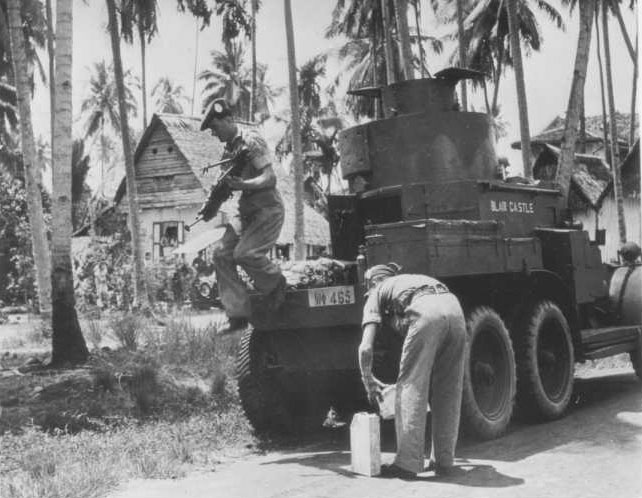
The production and service life of the Lanchester 6×4 Armoured Car encapsulate a transitional period in military vehicle history, bridging the gap between World War I-era designs and the more advanced armored cars of World War II.
While they may not have been produced in large numbers or achieved fame on the battlefield, their contribution to military vehicle development and their service in various global settings. Today, the sole surviving Lanchester, a Mk II model, is exhibited at the Tank Museum, Bovington.
Legacy of the Lanchester 6×4
The legacy of the Lanchester 6×4 Armoured Car is marked by its contribution to the evolution of armored warfare tactics and vehicle design. While it may not have been the most famous or widely used armored car of its time, it represented a significant step forward in terms of mobility, firepower, and protection in a period when such vehicles were rapidly evolving.
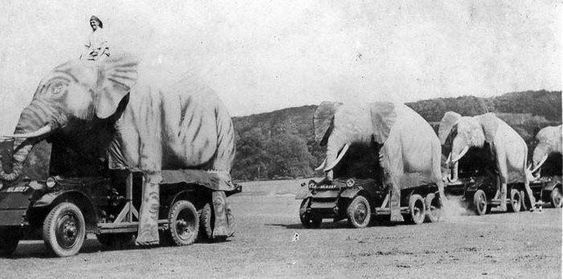
Furthermore, the Lanchester 6×4’s design influenced subsequent armored car models, both in Britain and abroad, setting design trends that would be seen in later vehicles. Its use in various territories around the world also underscores the global reach of British military designs during the interwar period and the early years of World War II.
The Lanchester 6×4 Armoured Car marked the transition from trench warfare to more mobile, mechanized conflicts and the British military’s efforts to maintain its global presence through advanced technology. If we look at the British Saladin Armoured Car FV 601, you can still see the influence of the Lanchester 6×4 Armoured Car, now that’s not a bad legacy.